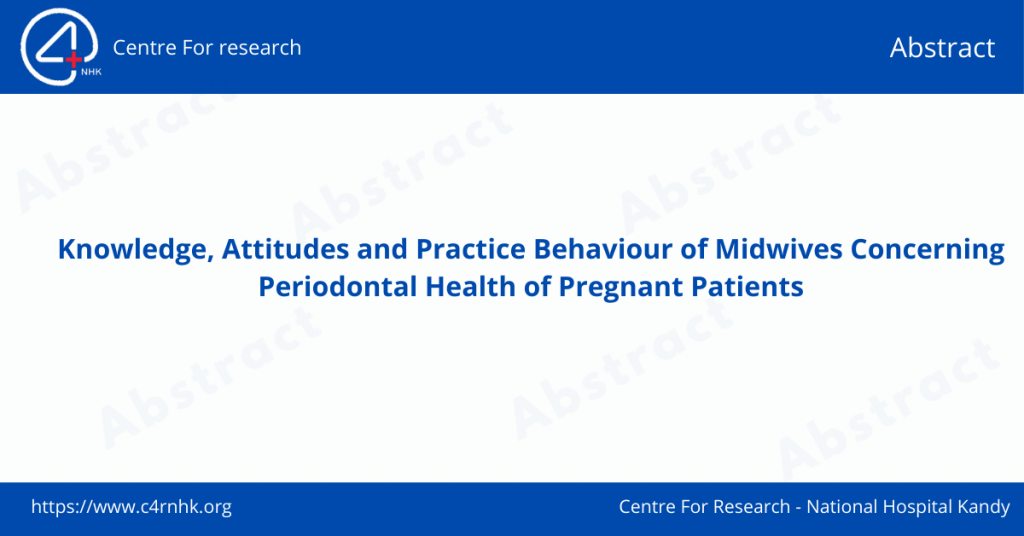These days, Intermittent fasting is one of the world’s prominent health and fitness trend. Most of the people use it to lose weight, improve their health and simplify their lifestyle. Basically, It doesn’t say which foods to eat, but when you should eat them. According to my point of view, it is not a diet in the conventional sense, but more accurately pointed as an eating pattern.
Fasting has been a habit in human evolution. Ancient people did not have supermarkets, refrigerators or food available all year round. Sometimes they couldn’t find anything to eat. Humans have evolved to function without food for extended periods of time.
Proponents of the diet believe that the stress of intermittent fasting triggers an immune response that repairs cells and produces positive metabolic changes (lowering Triglycerides, LDL Cholesterol, Blood pressure, Weight, Fat mass, Blood Glucose). An understandable concern of this diet is that followers will overeat on non-fasting days to make up for the calories lost during the fast. However, studies have not shown this to be true when compared to other weight loss methods.
There are different ways to do intermittent fasting. They all divided the day or week into periods of eating and fasting. The common intermittent fasting methods include fasting for 16 hours daily or fasting for 24 hours twice a week. Below are the most popular fasting methods:
The 16/8 method: The 16/8 fasting method involves skipping breakfast and limiting your daily eating window to 8 hours, say between 8am and 4pm. Then you fast for 16 hours in between. In Sri Lanka, 16/8 fasting method is becoming quite popular among community. And also, most of the celebrities around the world wide, normally follow this fasting method to control their body shape, weight and health level.

OMAD: This stands for “one meal a day.” As it sounds, this simply means eating only one meal for the entire day with no snacking. As an example, you can have your diet within one hour, and allocate next 23 hours as your fasting time.
Eat-Stop-Eat: This involves fasting for 24 hours once or twice a week, for example by not eating from one day until the next.
The 5:2 Diet: With this method, you only consume 500-600 calories on two non-consecutive days of the week, but eat normally the other 5 days.
When you fast, human growth hormone levels rise and insulin levels fall. Your body’s cells also change gene expression and initiate important cellular repair processes. Remember that fasting does not mean food in this sense; it doesn’t mean not drinking. Staying well hydrated is an important part of succeeding with intermittent fasting. The best drinks are free of calories and sweeteners, that is, still or sparkling water, and tea or coffee without any additives. Finally, the intermittent fasting has more benefits to being a healthy person.
![]()


